Doorways, balconies, rooftops, driveways - a plant container will not make your place look more beautiful but will also keep you close to nature. Imagine a pot full of fresh herbs sitting on your kitchen windowsill, you simply pluck the leaves every time you need a fresh ingredient for your dishes.
If you are new to pot gardening or have had limited success, then this extensive guide on pot gardening has got you covered!
Container Gardening : Tips To Help You Get Started

Growing your pot garden can bring you immense joy and bounty. You can grow almost everything in containers. Follow these tips and you will be off to a good start.
Picking Pots For Your Plants

Keep in mind the strategy of “The Bigger, The Better” while picking containers for your plants. It’s easier to grow plants in bigger containers than the small ones as they can store more soil in them. The soil in small containers dries out quickly, especially in the hot summer months.
It is also important to decide which plant goes into which container. Factors like the root system, size of the plant, the type of plants helps in deciding how deep and big your container should be. For mixed planting, you can go for bigger containers or tubs that’ll provide root space for all the plants to grow. It’s better to pick light-colored planters than the dark ones as they keep your plants cool.
Lastly, consider the space you are going to use to place your pots. How much weight the place can take and the area that can be covered by the pots. These factors will help you in picking just the right containers for your pot garden.
Water Drainage

Proper water drainage is important for a plant to thrive. Whenever you pick a container, check for proper drainage holes. If water gets clogged in the pot then your plants may die.
In case your container doesn’t have holes, you can drill some on your own. The holes mustn’t be large but they should be big enough for the excess water to drip out of the pot. Add some pebbles at the bottom of the pot to improve drainage and reduce the chances of root rot.
Light And Temperature For Containers

Your plants need proper sunlight to grow well. Choose a spot that gets ample sunlight during the day for your planter. To pick an appropriate place for your planter, put it in a place you want to and then time how long the sun hits it.
Keep moving your pots according to their light and temperature requirements.
If you are considering placing your plant containers on your rooftop, you can start your garden today with our easy terrace gardening guide.
Potting Soil

It is important to use high-quality soil for your containers. Do not use normal garden soil for your pots as it will not drain properly. Get potting mixture from a gardening nursery or prepare your own potting mixture by combining equal proportions of red soil, organic compost, and vermicompost.
Watering Your Pot Garden

Watering your pots properly plays an important role in the growth of your garden. The soil in the pots should be evenly moist and not soaking wet.
During the hot summer months, you’ll have to water your plants once or sometimes twice a day. You can check if your soil is moist by sticking your finger one inch deep in the soil. Keep your pot garden hydrated to enjoy a good yield.
Fertilizer Your Plants

Fertilize the soil to give your pot plants the nutrients they need to grow well. If the soil in the pots isn’t fertilized, then add some organic compost to give your plants a kick start.
Lots of gardeners add granular organic compost from the top to bottom before planting their greens and several times throughout the growing season.
Vegetables For Pot Gardening

When looking for vegetables for your pots, choose small varieties and compact plants that will do well in small spaces. Ensure that the climate has enough days for the plant to mature. Plants that typically do well in containers are as follows:
Tomatoes

A five-gallon container is perfect for sowing tomato seeds and growing one plant of tomato. Fill the container with good potting mixture and ensure that there are proper drainage holes. Once your plant starts growing, use wooden sticks to provide support.
Carrots

Use a container that is almost double the size of the variety of carrots that will grow. The ideal containers to sow carrot seeds will be around 18-24 inches deep.
Leafy Greens

Greens like spinach, lettuce can also do well in containers. The best part about growing these plants is that you can snip to eat one day and it will grow again.
You will need a wide container to sow spinach seeds and lettuce seeds as the spread area will be more for these leafy greens. Keep these cool-season plants in partial shade.
Peppers

Try growing these easy-to-maintain traditional bell peppers like Green Capsicum, Red Pepper, or Yellow Pepper, in the containers. Two-gallon containers should be ideal for growing one plant.
Broccoli

This easy-to-grow plant thrives well in containers. An ideal pot to sow broccoli seeds and nurture one mature plant of broccoli should be about 5 gallons. Keep it fertilized and hydrated.
Cucumbers

Choose bush varieties of the plant instead of vine variety. You can sow the cucumber seeds in a container that is about 3-5 gallons to nurture one fully-grown plant. Use a trellis to support your plant and allow the air to pass through.
Eggplant/Brinjal

Pick a 5-gallon pot to sow your eggplants seeds. When picking a variety note, eggplants are sensitive to cooler temperatures.
Herbs For Pot Gardening

You can grow almost all the herbs in a container. Herbs don’t need a lot of space to grow, they can thrive even in small containers.
You can either grow different herbs in separate small containers or mix it up in a big container. Some easy-to-grow herbs are - Basil, Parsley, Mint, Dill, and Coriander. The great part about growing herbs at home is that you get easy access to fresh garnishing ingredients for your dishes.
Microgreens For Pot Gardening

Microgreens and containers are made for each other. While you can grow microgreens in your gardens, it does amazingly well in containers. You can grow multiple varieties of microgreens in pots. All you need is a small container, microgreen seeds, potting soil, and a spot with partial shade to grow them.
Microgreens are very easy to grow and get ready for harvesting within 7-10 days. You can start with Broccoli Microgreens seeds, Corn Microgreens seeds, Beetroot Microgreens seeds, and Rocket Microgreens seeds.
Learn how to grow microgreens at home. The great part about growing these greens is that they’re full of nutrition and can be practically added to any dish.
Care For Your Pot Garden

A little care can go a long way. Now that you’re all set with your container garden, it is important to look after your plants. Water your pot plants thoroughly. The frequency of watering will depend on factors like climate, type of plant, etc. Keep the soil in the containers fertilized and hydrated at all times to keep your plants in a good condition.
Keep an eye out for bugs and protect your plants by spraying a mixture of water and neem oil every now and then. Keep your containers looking their best by pruning them and removing dead leaves. You can even paint your containers to make your pot garden look attractive.
Whatever your choice, you will always spot plants that will work for you. All you need to do is a little research and experimentation to discover what suits your pot garden the most.
Grab high-quality heirloom seeds on AllThatGrows and get started with your pot garden today!


 Sign In
Sign In


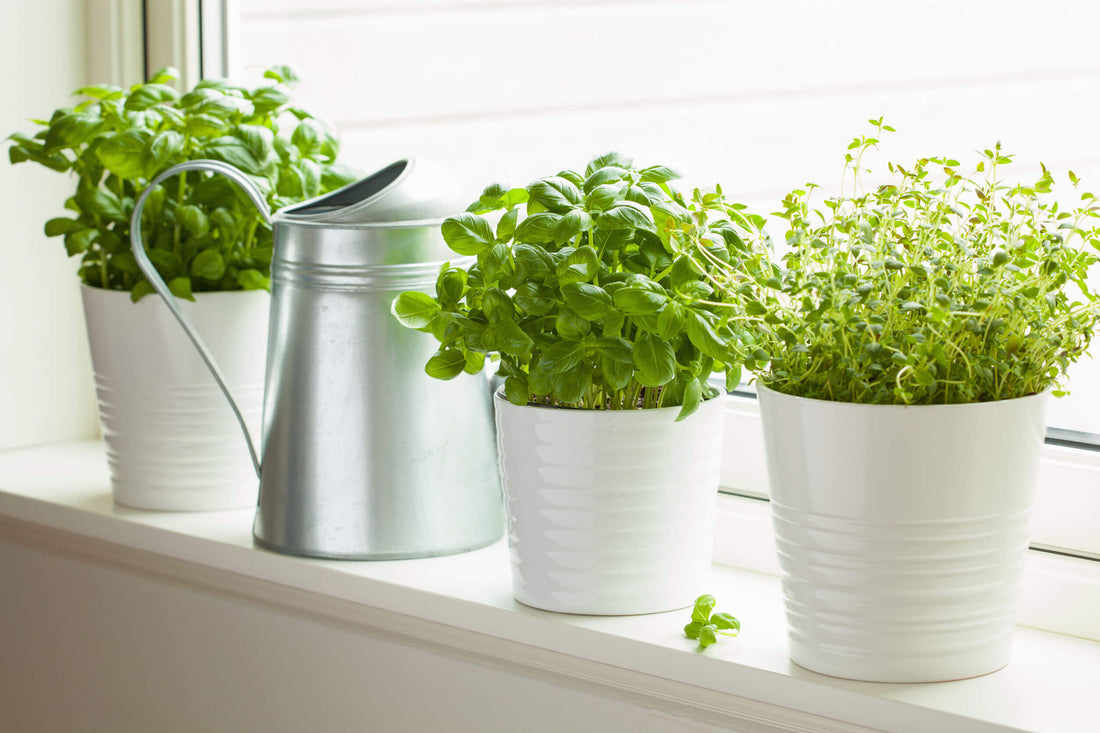
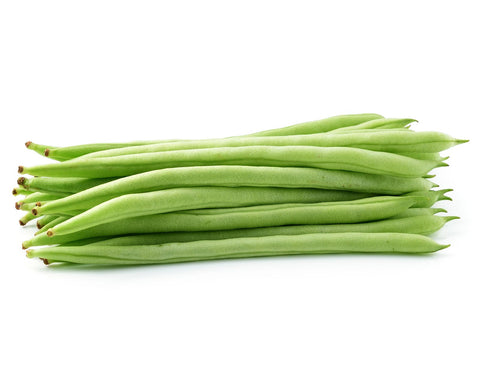
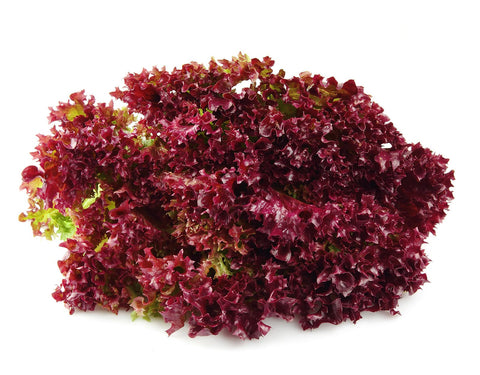
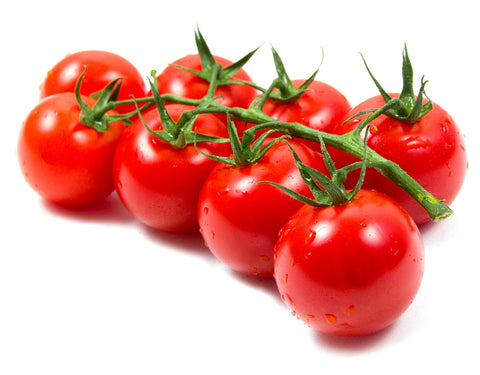
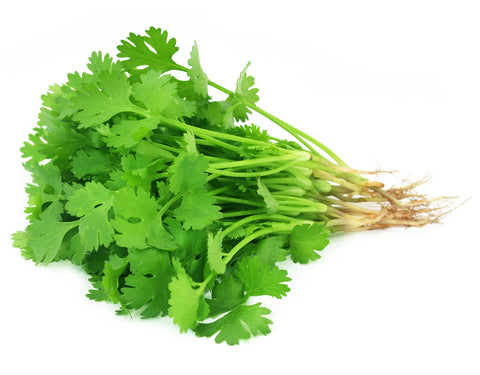
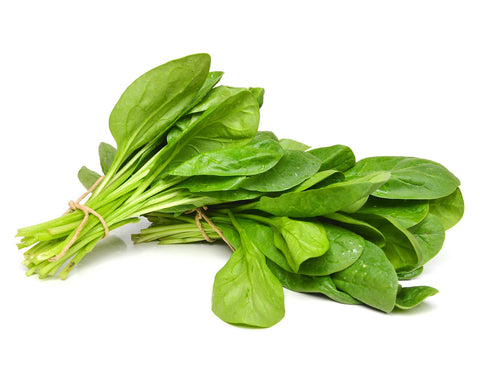
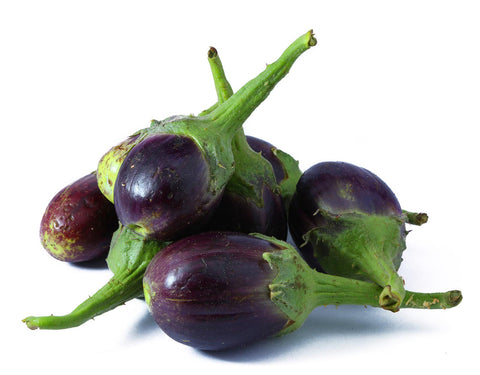
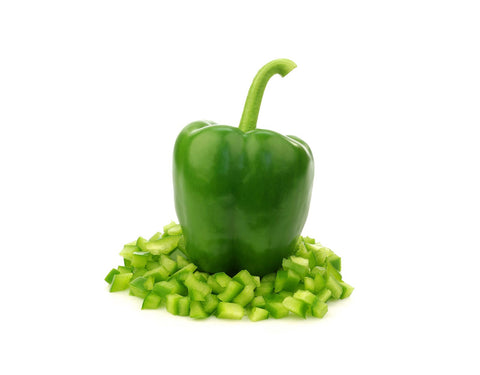
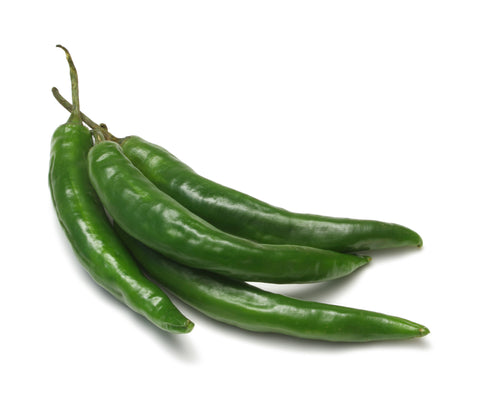
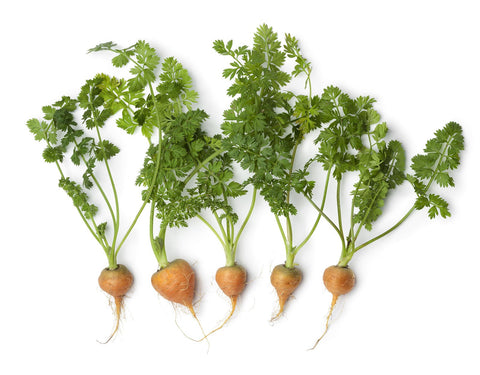
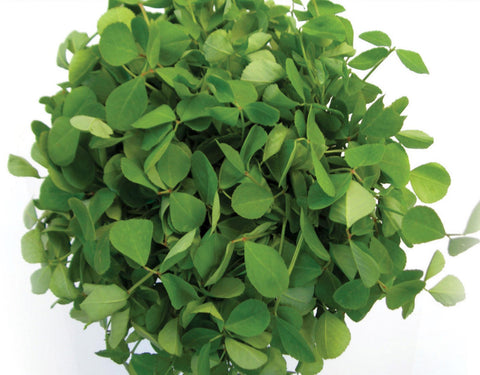
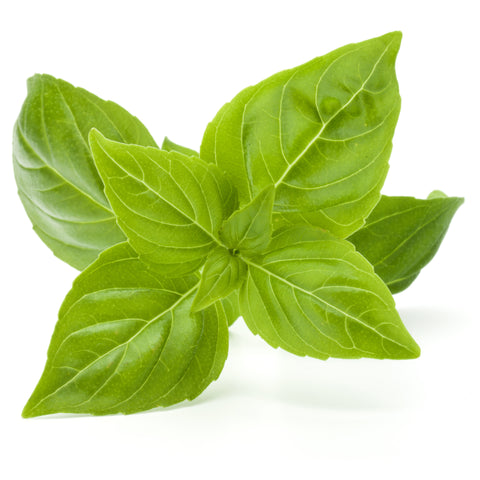
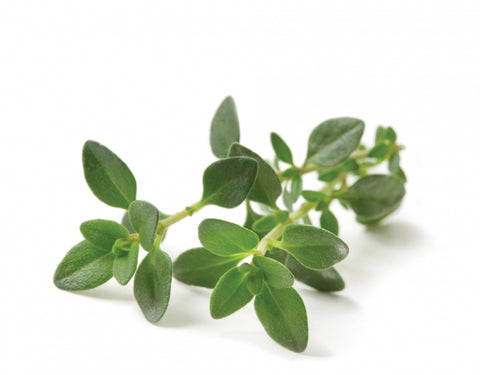
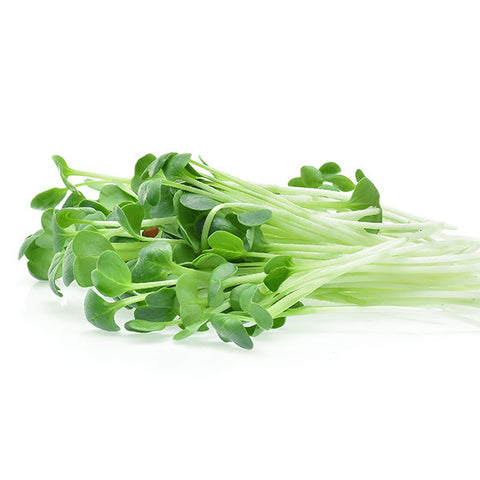
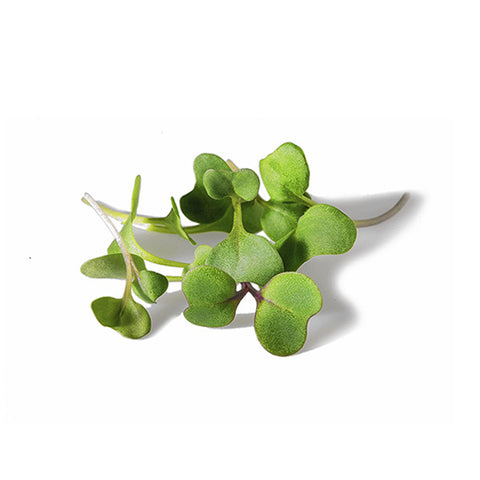
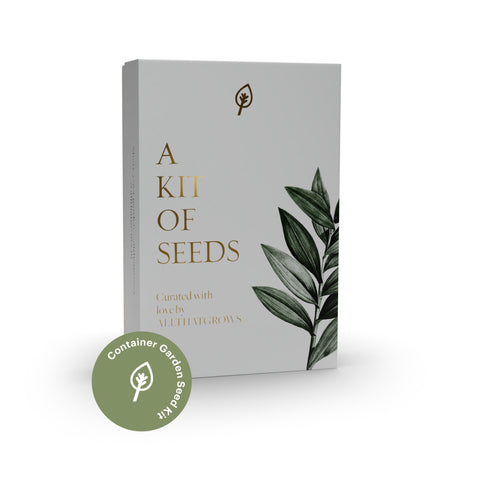






Let us know your feedback
* Comments must be approved before being displayed.